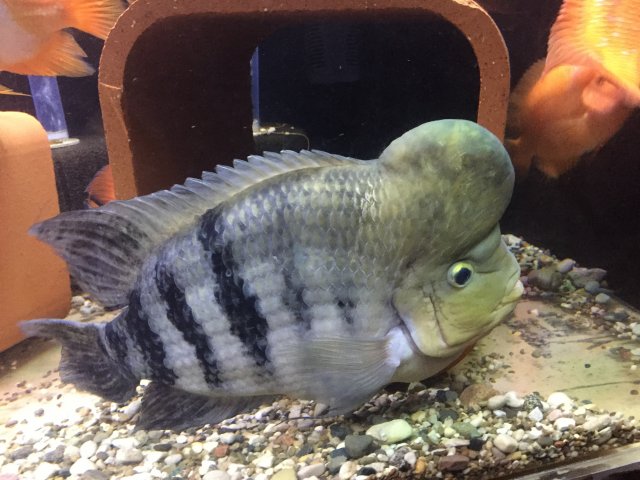You clearly didn't read the papers in that link. I'm well aware of what both cits and labs look like in the wild, and have probably seen every photo of wild specimens that Rapps has listed for sale over the past decade. You really should read the papers in that link to help you better understand the genus, and the fish collected in the various different crater lakes. Physical appearances, as well as DNA, within both species is not as simplistic as many people think.
If it makes you feel better, call Buddy's fish a midas - I'm pretty sure that he won't mind. I know I wouldn't.
If it makes you feel better, call Buddy's fish a midas - I'm pretty sure that he won't mind. I know I wouldn't.



